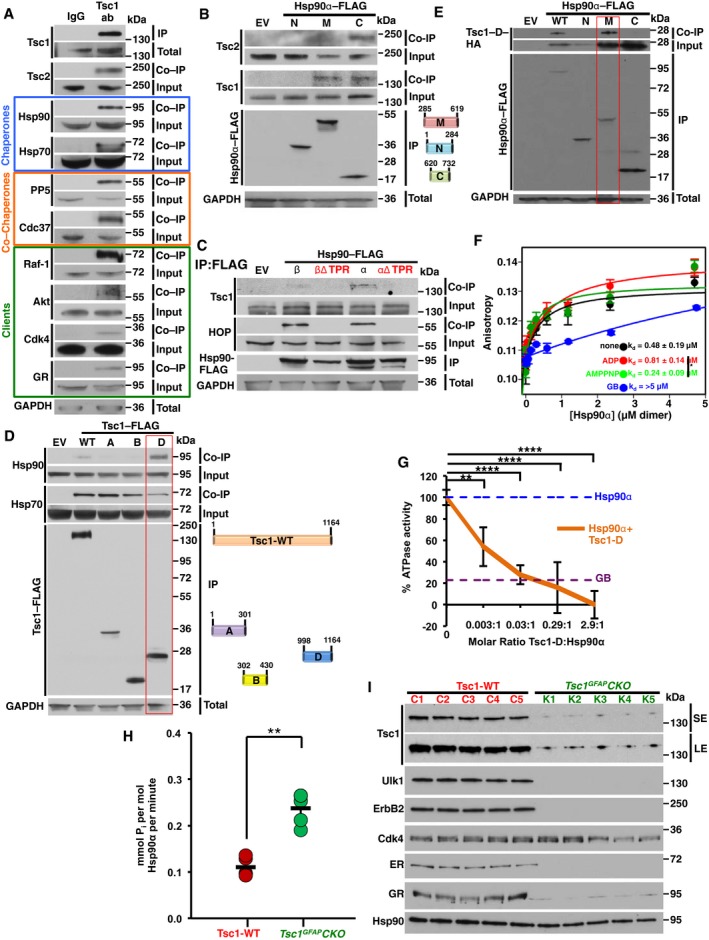Figure 2. Tsc1 co‐chaperone inhibits Hsp90 chaperone function.

- Tsc1 was immunoprecipitated from HEK293 cell lysates using anti‐Tsc1 antibody and immunoblotted with indicated antibodies to confirm chaperone, co‐chaperone, and client protein interaction. IgG was used as control.
- FLAG‐tagged Hsp90α N‐, M‐, and C‐domains were transiently expressed and immunoprecipitated from HEK293 cells. Co‐immunoprecipitation (Co‐IP) of endogenous Tsc1 and Tsc2 was examined by immunoblotting. Empty vector (EV) was used as a control.
- Hsp90α‐FLAG, Hsp90β‐FLAG, and their deleted TPR domain‐binding site constructs were transiently expressed and immunoprecipitated from HEK293 cells. Interaction of Tsc1 was assessed by immunoblotting. HOP was used as a positive control. Empty vector (EV) was used as a control.
- FLAG‐tagged Tsc1 domains were transiently expressed and isolated from HEK293 cells. Co‐IP of endogenous Hsp70 and Hsp90 was assessed by immunoblotting. Empty vector (EV) was used as a control.
- Tsc1‐D‐HA was co‐expressed with FLAG‐tagged Hsp90α N‐, M‐, or C‐ domains in HEK293 cells. Different domains of Hsp90α‐FLAG were immunoprecipitated, and Tsc1‐D‐HA interaction was assessed by immunoblotting. Empty vector (EV) was used as a control.
- Bacterially expressed and purified Tsc1‐D‐His6 and Hsp90α binding affinity in the presence of AMPPNP, ADP, and GB were measured by fluorescence anisotropy. The error bars represent mean ± SD of three independent experiments.
- ATPase activity of Hsp90α in vitro. Inhibitory effects of purified Tsc1‐D‐His6 on the ATPase activity of Hsp90α are shown. All the data represent mean ± SD of three biological replicates. A Student's t‐test was performed to assess statistical significance (**P < 0.005, ****P < 0.0001).
- Hsp90 was isolated and ATPase activity was measured from five Tsc1 GFAPCKO mice with conditional inactivation of the TSC1 gene predominantly in glia and five Tsc1 flox/+‐GFAP‐Cre and Tsc1 flox/flox littermate controls (Tsc1‐WT). A Student's t‐test was performed to assess statistical significance (**P < 0.005).
- Tsc1, Hsp90, and client proteins from samples in (H) were examined by immunoblotting. SE (short exposure) and LE (long exposure) of the radiographic film.
Source data are available online for this figure.
